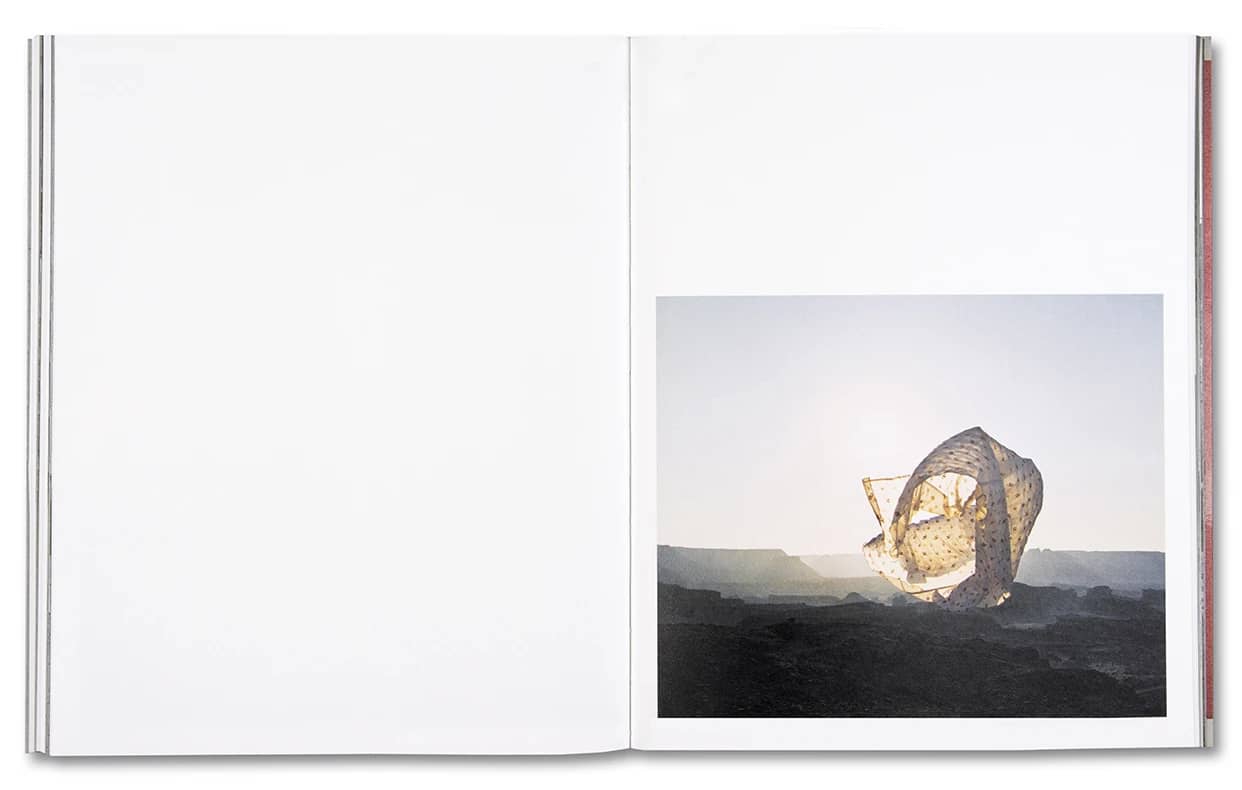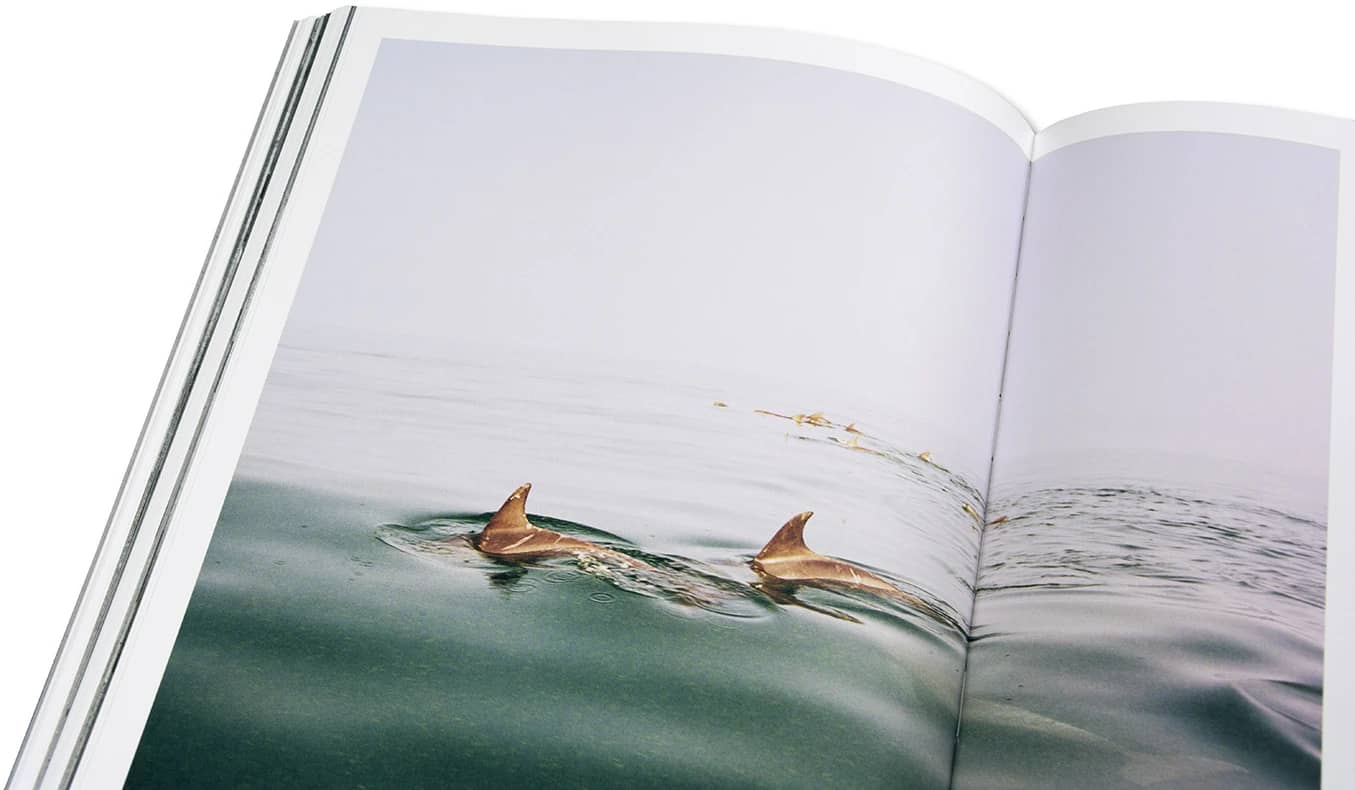Exemplaire Signé.
L’édition signée comprend un feuillet signé par l’artiste et collé à l’intérieur de la couverture arrière.
Sur les îles du détroit d’Ormuz, au large de la côte sud de l’Iran, il existe une croyance commune selon laquelle les vents peuvent posséder une personne, apportant malheur et maladie. L’existence de condamnations similaires dans certains pays africains suggère que le culte pourrait avoir été introduit en Iran depuis l’Afrique du Sud-Est par le biais de la traite des esclaves arabes. Cette histoire est rarement évoquée mais ces vents et les traces qu’ils ont laissées sur les îles et leurs habitants sont la pierre de touche de Speak The Wind de Hoda Afshar. À travers ses images subtiles et perspicaces des paysages extraordinaires, des gens et de leurs rituels, le livre magnifique et complexe d’Afshar tente d’imaginer le vent et ses enchevêtrements psychiques, pour former un enregistrement visible de l’invisible.
The signed edition includes a slip signed by the artist and glued into the inside back cover.
‘Speak The Wind captures the islands’ beauty and mysticism — silvery black-sand beaches, jagged salt mountains and hulking rock formations in shades of pink and fiery red — alongside drawings sketched by the islanders.’ – Financial Times
‘This new book takes the reader on a breathtaking journey to the islands of the Strait of Hormuz … Afshar takes profound care and a multi-layered approach.’ – Elephant
On the islands in the Strait of Hormuz, off the southern coast of Iran, there is a common belief that the winds can possess a person, bringing illness and disease. The existence of similar convictions in some African countries suggests that the cult may have been brought to Iran from southeast Africa through the Arab slave trade. This history is rarely spoken about but these winds and the traces they have left on the islands and their inhabitants are the touchstone for Hoda Afshar’s Speak The Wind. Through her subtle and perceptive images of the extraordinary landscapes, the people and their rituals, Afshar’s beautiful and complex book attempts to picture the wind and its psychic entanglements, to form a visible record of the invisible.
































